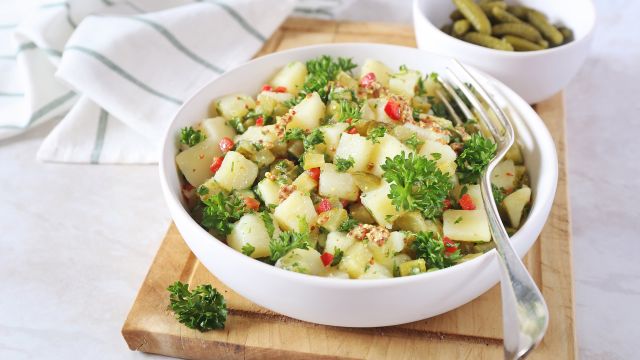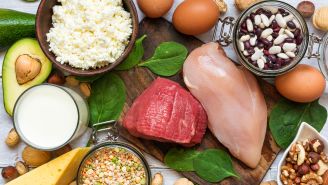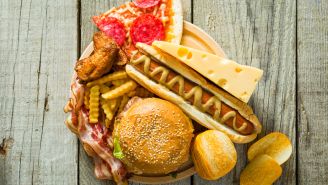Don’t panic, spud lovers. Turns out, with a few smart strategies, “healthy" and "potato salad" can go hand in hand.
Unfortunately, everyone's favorite summer side dish can wreak havoc on your blood-sugar levels, thanks to all the high-carb starch in potatoes. But there's a way to fix that: Boil the potatoes ahead of time and refrigerate them overnight. The next day, make a dressing with vinegar, lemon juice and/or olive oil—not mayo—and mix it with the potatoes. Both chilling your spuds and using these kinds of dressing ingredients can limit the starch's blood-sugar effects.
Potatoes—along with doughnuts, ice cream, white bread and many other starchy carbohydrates and highly processed foods—have what's called a high glycemic index (GI). What's that? It's a measure of a specific food's effect on blood-sugar levels.
Generally, you want your blood-sugar levels to remain stable, not dip and spike. But high-glycemic carbs can send blood sugar (glucose) surging. Your body reacts by pumping out lots of insulin, which lowers sugar levels. Regularly eating a lot of high GI foods can lead to chronically high insulin levels. That, in turn, can lead to things you definitely don't want: heart disease and type 2 diabetes.
So nip the process in the bud. Focus on low GI foods, which are generally good for you. These include:
- Fruits and veggies
- Whole-grain breads, pasta and cereals
- Lentils, beans and other legumes
- Nuts
- Low-fat dairy foods
And don't forget: If you're whipping up potato salad, make it the day before, hold the mayo, give it a good chill overnight and serve it cool.







